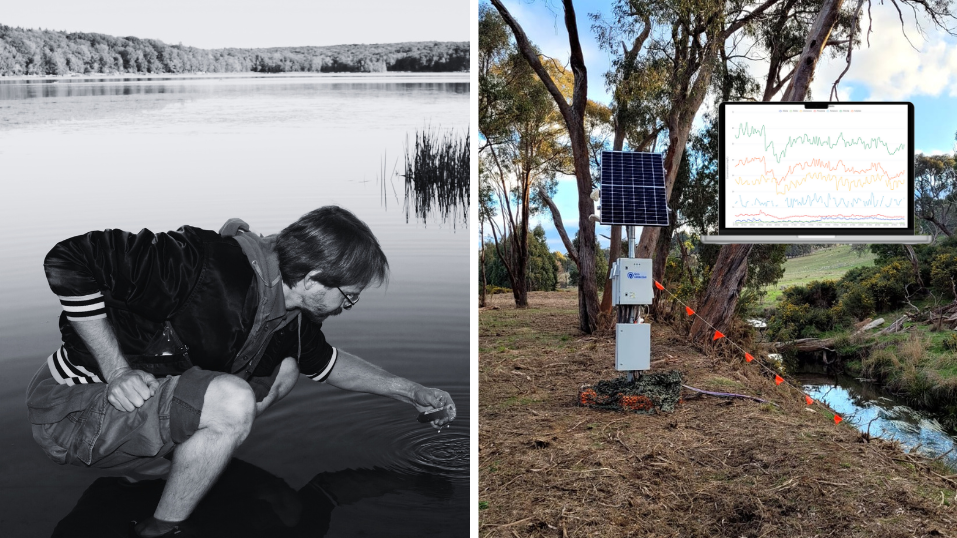Regulatory authorities have traditionally demanded costly field sampling and accredited laboratory analysis to monitor discharges from site operations. Licenses to operate include the allowable limits for discharge, focusing on TIN and DRP, into rivers or onto irrigated land. Regular annual self-reporting of the laboratory analysis results has been combined with regulatory authorities conducting their own spot check laboratory analysis.
It has proven to be difficult to reconcile the day to day operations and associated discharges with weekly or monthly laboratory analysis. Ideally the analysis of outflows is required daily, and preferably in sync with expected changes in outflow conditions, however the costs associated with more frequent testing can become prohibitively expensive.
The annual costs of taking a single sample for laboratory analysis each day can climb to circa $122k*pa. The assumption is made that staff and transport are available every day for sampling. The additional impacts of carbon emissions and HSE risks have not been included.
Solution
Eco Detection provides in-situ, self-calibrated laboratory grade data in effectively real-time at a frequency that reflects the potential outflow changes in a total cost-effective manner. The autonomous supply of frequent data mitigates the risks associated with not capturing the necessary changes in outflow and potentially missing a flush of harmful nutrients.
The total costs of an Eco Detection Ion-Q+, including installation, equate to taking a single sample for laboratory analysis each day. Over a three-year period, the total costs including servicing charges, correlate to at least a 60% saving when compared to comparative laboratory sampling and analysis.
Further optimising the frequency of data to four times a day comes at very little extra cost with Eco Detection’s Ion-Q+.
Impact
The relatively low cost of data provided by Eco Detection comes with added reliability and enriched information, removing the inherent risks of personnel availability and safety issues.
Note*: Assumption based on river sampling, requiring 2x people at $50/hr total costs including overheads plus vehicle transport costs and laboratory costs.

